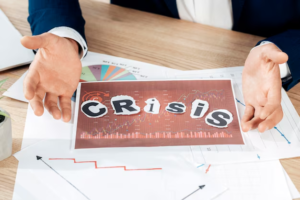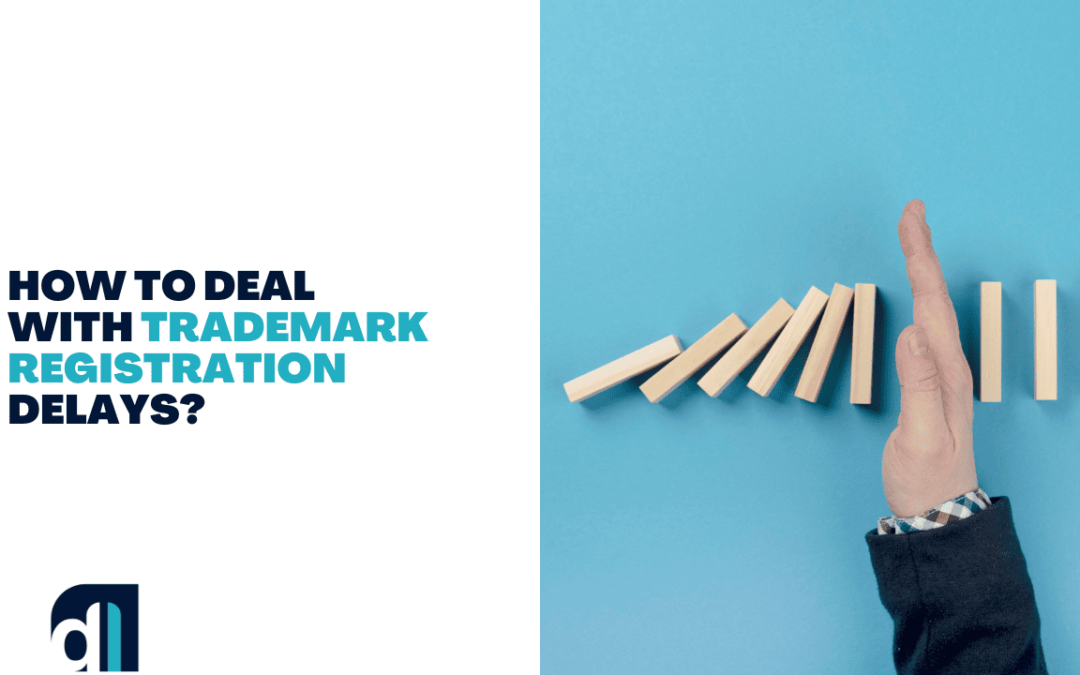Trademark registration is one of the most important processes a business needs to undertake in a bid to safeguard the business, products, and services from being counterfeited.
Trademarking is not only a legal right, but it also creates a position in the market for a brand to make a distinct identity that customers can trust.
However, the process of registering the trademark is not beyond some difficulties which include a lot of time hence may lead to disappointments and in extreme cases may cause business losses.
By being aware of the usual reasons for these delays including backlogs, office actions, or examination issues, applicants can prepare for what might become hurdles to their application.
Applicants can thus be more prepared to deal with delays and get the protection they desire for their brand.

Typical Causes of Trademark Registration Pendency
Trademark registration can face multiple delays arising, from procedural and/or regulatory circumstances. Here are some of the most common causes:
Trademark registrations have become more popular and most trademark offices are now bogged down with applications.
Due to the high volume of applications submitted that can be handled by the staff, the time taken to process them has increased, especially in densely populated centers or during festive seasons when many people file applications.
Specific Concerns of the Substantive Examination
In the course of examination, trademark officials review applications against legal and regulatory requirements.
This is because applications that raise concerns such as a similarity to a trademark, incorrect trademark classification, or ambiguous descriptions take time to be dealt with. Compliance with these requirements before submission can help avert this risk.
Requests for Further Information
The trademark office (USPTO) may send out a notice for additional information or clarification concerning an application.
Some of the grounds are the parties seeking a clearer description of the goods or services that the trademark is to be used on or proof that the trademark is in actual use in commerce.
Some of these requests should be processed as quickly as possible to minimize possible processing time.
Measures to Take to Reduce Delays Before Filing
Applicants can minimize time-consuming procedures if they perform some preliminary actions before filing an application and increase the chance of successful registration of a trademark.
Here are some key measures to consider:
Undertake a search for the trademark
Conducting a trademark search helps to know whether there are any other marks similar to the new application to be filed.
That way, applicants shall be in a position to avoid probable objections and office actions with respect to the similarities of the intended trademark with those already in the market.
The preparation of complete applications
It is very important to provide the correct information while filling out the application to prevent any form of delay.
This includes the choice of the right classification for goods and services, description of nature, and intended use of the trademark and any accompanying documents.
It is important to go through all the details on the application before submitting the application so that any problems that would warrant follow-up are not made.
It is time to think about professional help
It is wise to seek help from a trademark attorney or a professional service provider in trademark services.
These experts are aware of the legal issues concerning trademarks and can assist in the right completion and submission of the application.
It is also important to note that professional assistance will enable applicants to overcome individual legal compliance issues that may arise and therefore avoid mistakes that would otherwise delay the process.
Measures to Contend with Prolonged Delays
If delays arise after filing, there are practical measures that an applicant can undertake in order to ensure that the process is properly handled and much as possible, business-like. Here are some strategies to consider:
Reply to Office Actions
If the trademark office desires clarification, further documents, or conflict-solving, it sends an office action, and it is necessary to reply.
A quick and efficient response may also deter any further delay and show the applicant’s willingness to do whatever it takes to have the process continued.
Make Use of the Special Processing Procedures
Most of the trademark offices provide for accelerated or express filing where there are reasons such as business entry soon, trademark use currently in the market, or where there is likely to be fraud or infringement shortly.
Applicants should ensure that they are eligible for such options and compare costs or requirements to possible time-saving.
Check Application Status Often
It is important to monitor the application status by going through the trademark office tracking system. Through monitoring, applicants are able to get updates or new requests which they can respond to within the shortest time possible.
Almost all trademark offices provide applicants with opportunities to monitor the status of their applications online.

What to Expect When the Registration is Approved or Denied
Following the registration process, applicants are either granted approval or issued a notice of denial on the trademark application. Here’s what to expect in each case:
Final Approval and Next Steps
On the registrant’s approval, the trademark office will issue a registration certificate that formally grants trademark privileges.
This certificate proves the brand registrant from the trademark law to have exclusive rights over the product.
A reminder regarding renewal dates should be provided since trademarks must be renewed within some period to remain valid. In the U.S. for example trademarks are renewable between the fifth and sixth year, then in every ten years.
Responding to a Denial of an Application
If the application is rejected by the trademark office, the applicant normally gets a statement of the reasons why the application was rejected, such reasons may include; the mark is similar to another mark, it is not distinctive enough or it has been used inappropriately.
Applicants then have options to address the denial: In any case, they can either resubmit the application with modifications, submit more documents if necessary, or appeal the decision.
This is the best time to consult with a trademark attorney as you can either amend the application or plead your case for an appeal to the examiner.
If you have questions about handling trademark registration delays, reach out to Drishti Law at 773-234-1139 for a free consultation. Our experienced attorneys are here to guide you through the registration process, helping to ensure that your brand receives the protection it deserves under state and federal laws.

Sahil Malhotra
Sahil Malhotra is an Intellectual Property Attorney, who founded Drishti (“vision”) law because of his vision in protecting dreams and ideas.
He provided individuals and small businesses with an opportunity to enhance their IP’s value by helping them register trademarks and successfully argue against office actions. In addition to his training and experience, he has been deeply involved in the multifaceted IP portfolio at UIC and continues to be associated with IP organizations and conferences.
To know more about Sahil Malhotra — Click Here
You may follow Sahil Malhotra on Facebook: Sahil Malhotra and on Instagram: @Sahil Malhotra

